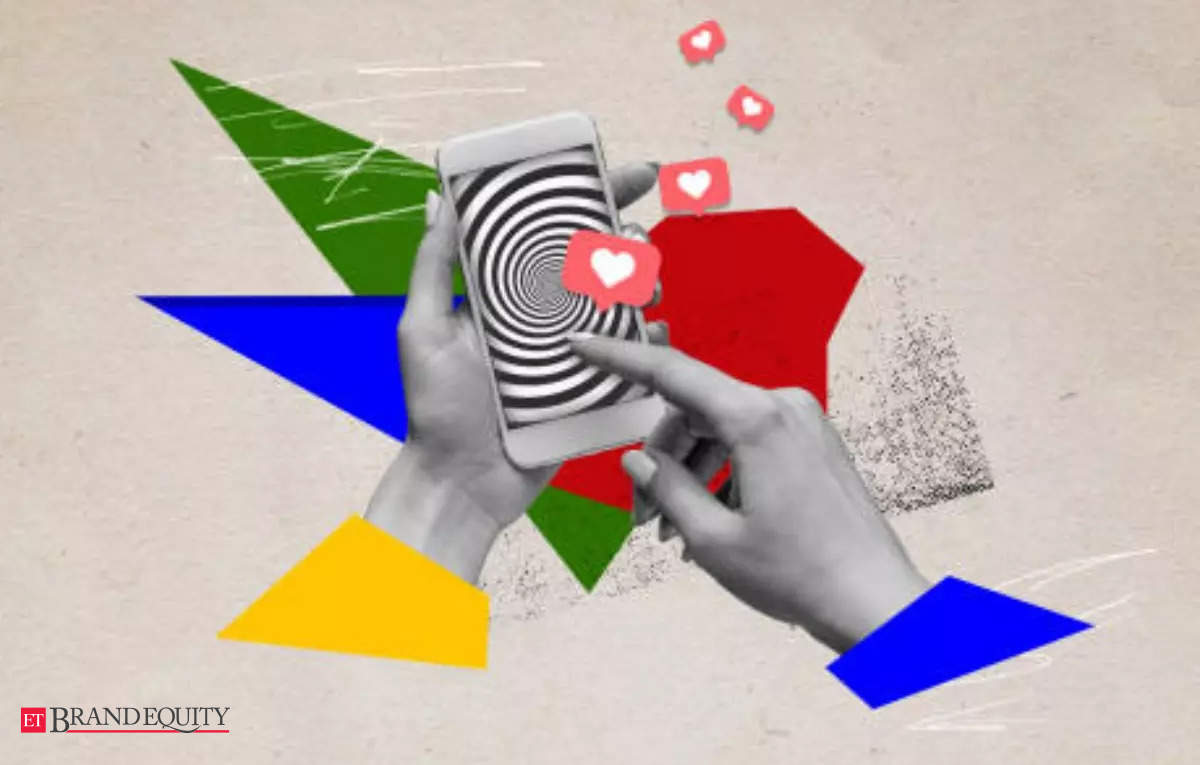Social media has given rise to a new wave of influencers who are stimulating the growth of the DIY industry. Apart from simply promoting products, these individuals are curating spaces of creativity, sparking interactions, and inspiring hobbyists across the globe. Just like traditional sewing circles and woodworking groups, these digital craft spaces have served as gathering points for DIY enthusiasts, but with a wider and more global reach.
Dotted all over Instagram are hashtags pertinent to DIY crafting that unite crafters worldwide. These channels pave the way for a beginner crafter in Mumbai, for example, to draw inspiration from an expert in Miami. This essentially breaks down the constraints of geography and paves the way for an international craft movement.
The advent of smart cutting machines and user-friendly design apps have also opened up a world of possibilities for crafters of all skill sets. From customized apparel to elaborate paper crafts, these technologies have amplified the range of what hobbyists can create at home. These machines have risen in popularity over time, mainly due to social media influencers who showcase their capabilities.
When influencers share their projects and allow their audience into their creative process, including their triumphs and pitfalls, it strikes a chord with the viewers. This makes the craft appear both aspirational and attainable, driving the success of these influencers. This has been instrumental in driving this technology into the mainstream.
Platforms such as YouTube have also become an essential outlet for the DIY community. Channels dedicated to crafting tutorials have seen massive growth, with some creators even garnering millions of subscribers. These channels offer step-by-step guides, transforming intricate projects into feasible tasks for viewers of all skill levels, thus aiding them in learning, unlearning, and eventually excelling in their craft.
Furthermore, influencers are also hosting live events and workshops, thus bridging the gap between the virtual and the physical realm. These gatherings offer hands-on learning experiences while strengthening the online community’s sense of belonging.
These influencers, through their unique challenges and themed projects, constantly push the boundaries of DIY crafting. These challenges often become viral, propelling followers to put their own spin on a specific project. Often these challenges result in significant boosts in the sales of crafting materials – a benefit for both the retailer and the creator. Additionally, these challenges attract more people into the DIY community, instigating further creativity and innovation.
The influencers’ role has also led to a renewed appreciation for personalized, handcrafted items in a world dominated by mass production. They show how smart cutting machines can create one-of-a-kind items for any occasion, from custom t-shirts to complex wedding invitations.
Many people who initially began crafting as a hobby, inspired by their favorite influencers, have turned their passion into successful small enterprises. Central to the transformation of the DIY sector are these social media influencers; they have fostered creativity, built communities and showcased the joy of handmade creations.
In today’s digital world, the satisfaction derived from creating something with one’s own hands has a unique appeal. As long as there are stories to tell and creativity to share, influencers’ role in sparking the DIY revolution will remain crucial, inspiring millions to pick up their tools and create something remarkable.




